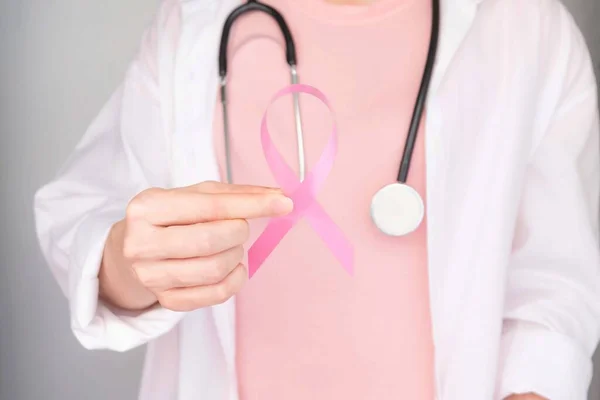AI Aids Early Detection of Breast Cancer in Different European Populations – This research highlights the promising application of AI in healthcare, specifically in the early detection of breast cancer. Here are the key takeaways:
Key points:
- An international research team has developed an AI-based risk model that can identify women with a high risk of developing breast cancer.
- The model analyzes mammographic images and detects tiny changes that are invisible to the human eye.
- The study shows that the model is effective in identifying high-risk women in Italy, Spain, and Germany, suggesting its potential for widespread application.
- This technology could lead to individualized screening programs, where high-risk women receive more frequent or intensive examinations to improve early detection.
Benefits of AI-based risk model:
- Identifies high-risk women who might benefit from additional examinations.
- Allows for individualization of screening programs.
- Detects cancer earlier, improving treatment outcomes.
Next steps:
- Conduct a clinical study in Europe to evaluate the model’s effectiveness in clinical settings.
- Explore the possibility of introducing the model into routine clinical practice.
Overall, This breakthrough holds significant potential to revolutionize breast cancer screening and improve patient outcomes. Further research and clinical evaluations are crucial to ensure its safe and effective implementation in healthcare systems.

AI Goes Beyond Mammography: Examining Other Promising Technologies for Early Breast Cancer Detection
While the AI-powered risk model discussed earlier shows great promise, it’s essential to acknowledge that this is just one piece of the puzzle. Researchers are actively exploring other innovative technologies to improve the detection and diagnosis of breast cancer at its earliest stages.
Here are some exciting developments worth mentioning:
1. Circulating tumor cells (CTCs): These are cancer cells that have broken away from the primary tumor and are circulating in the bloodstream. By detecting and analyzing CTCs, doctors can potentially identify cancer earlier than with traditional methods like mammography.
2. Liquid biopsy: This involves analyzing a blood sample to detect circulating tumor DNA (ctDNA) – fragments of DNA released by cancer cells. Liquid biopsy offers a less invasive alternative to tissue biopsies for cancer diagnosis and monitoring.
3. Optical coherence tomography (OCT): This imaging technique uses light waves to create high-resolution images of tissue, allowing for detailed examination of suspicious lesions in the breast. OCT can be used to complement mammograms and improve diagnostic accuracy.
4. Magnetic resonance imaging (MRI): While not a primary screening tool, MRI can provide valuable information in certain situations, such as for women with dense breasts or those at high risk of breast cancer.
5. Multimodal imaging: Combining multiple imaging technologies, such as mammography, ultrasound, and MRI, can provide a more comprehensive picture of breast tissue and improve the detection of early-stage cancers.
The Future
These advancements, along with the AI-powered risk model discussed earlier, highlight the exciting potential for personalized and more accurate breast cancer detection. As these technologies continue to be refined and validated in clinical trials, we can expect to see a shift towards a more holistic approach to early cancer detection, incorporating various techniques tailored to individual needs and risk factors.
Furthermore, ongoing research is exploring the potential of combining AI with other technologies to create even more powerful tools for early detection. For example, AI algorithms could be used to analyze images from different modalities, such as mammography and MRI, to provide a more comprehensive assessment of breast tissue.
In conclusion, the future of breast cancer detection seems bright, with a plethora of innovative technologies on the horizon. By embracing these advancements and adopting a multi-pronged approach, we can create a future where breast cancer is detected earlier, leading to improved treatment outcomes and ultimately, saving lives.
Continue to check our website soundhealthandlastingwealth.com for more articles of this kind. And, please use our comment section as well, we would love to hear from you.








